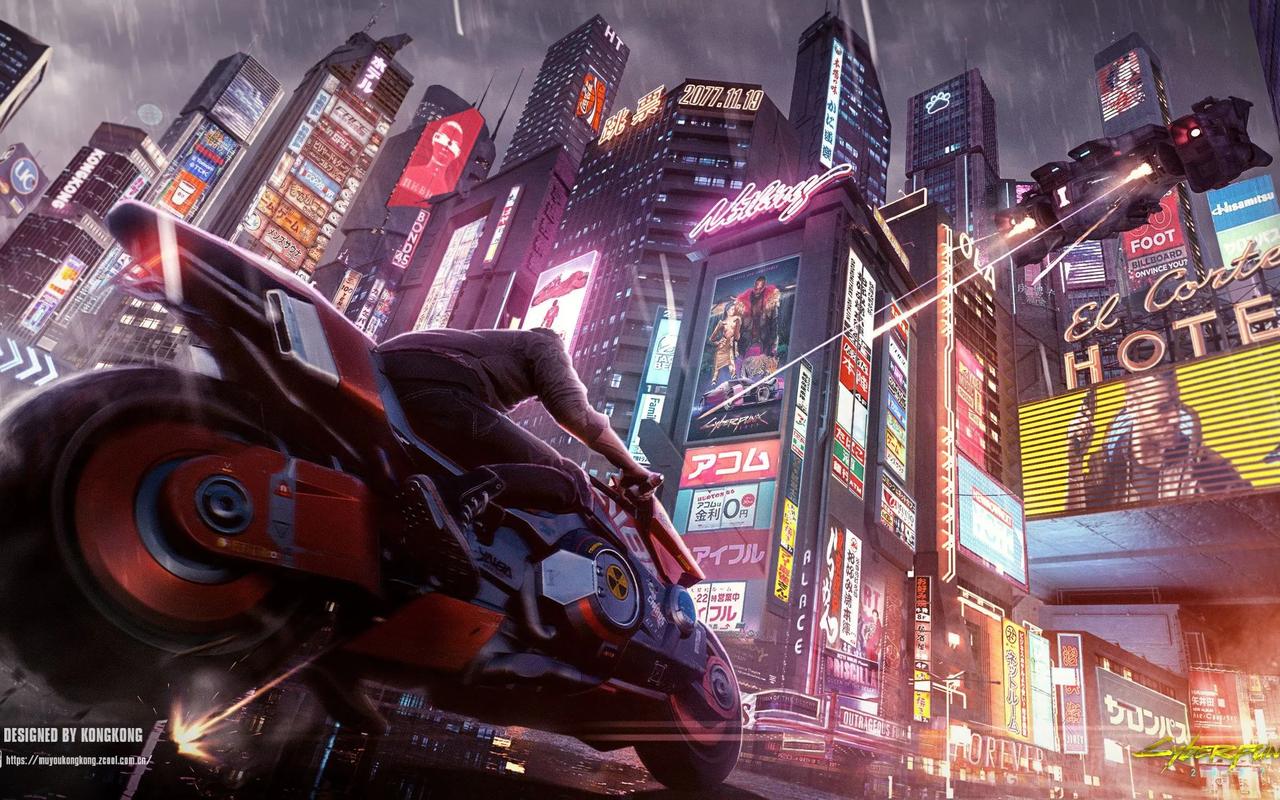Of all the elements that coalesce to form the terrifying tapestry of Resident Evil Village, none is more fundamental to its identity, nor more masterfully executed, than its soundscape. The game’s score, composed primarily by the talented Shusaku Uchiyama and a team at Capcom, is not merely background music; it is the very soul of the village itself. It is a complex, breathing entity that guides the player’s emotions, defines the game’s unique brand of gothic horror, and elevates the experience from a simple survival shooter to a symphonic nightmare. To analyze the Resident Evil Village score is to understand the heart of its critical and commercial success, a success rooted in its masterful manipulation of gothic horror tropes through an auditory lens.
The genius of the score lies in its foundational duality, a sonic representation of the game’s own split personality. On one surface, Village presents a classic, almost Hammer Horror-inspired world of gothic grandeur. This is reflected in the music through the use of traditional orchestral arrangements. Soaring strings, mournful brass choirs, and deep, resonant percussion evoke the imposing architecture of Castle Dimitrescu and the tragic, centuries-old history that permeates the region. Tracks associated with the castle, such as "Dimitrescu's Castle" itself, are waltzes of dread—elegant, sophisticated, and yet brimming with a predatory menace. The triple-time rhythm feels like a dark dance, a formal invitation to a feast where you are the main course. This use of classical instrumentation grounds the horror in a recognizable, almost romantic tradition, making the grotesque elements that follow feel even more shocking and out of place.
However, lurking beneath this classical veneer is a pervasive and unsettling layer of modern atonal and industrial sound design. This is where the score truly earns its horror credentials. The composers employ distorted synthesizers, metallic clangs, dissonant string scrapes, and percussive elements that sound less like drums and more like the pounding of a monstrous heart or the screech of tortured metal. This sonic palette is most prominently featured in the terrifying depths of House Beneviento and the mechanized horror of Heisenberg's Factory. In the former, the music often dissolves into near-silence, punctuated by whispers, distant cries, and unnerving ambient drones that amplify the psychological terror. In the latter, the score becomes a relentless industrial barrage, mirroring the claustrophobic, mechanical hellscape and the inhuman nature of its creator.
This fusion of the classical and the industrial is the perfect auditory metaphor for the game’s core themes. It represents the clash between the old world—the ancient curses, aristocratic vampires, and folklore—and the new world of biotechnological abominations and the persistent, corrupting influence of the Mold and the Megamycete. The score doesn’t just accompany this clash; it embodies it. A track can seamlessly transition from a haunting, melodic choir piece into a chaotic, percussive nightmare, much like Ethan Winters himself is thrust from a vampire’s castle into a factory full of cyborg-like mutants.
Furthermore, the score demonstrates a sophisticated use of leitmotifs, a compositional technique often associated with Wagnerian opera, where specific musical themes are tied to characters, places, or ideas. The most powerful example is the theme for the game’s tragic central figure, Mother Miranda. Her motif is a beautiful, ethereal, and profoundly sad choral piece, often sung in a distorted, liturgical Latin. This theme appears throughout the game, sometimes as a distant echo in the village, sometimes at its full, heartbreaking power during key story moments. It creates a sense of deep, ancient sorrow that complicates Miranda’s role as a villain, revealing her not as a mere monster, but as a grief-stricken mother whose love has curdled into world-ending madness. Similarly, the four lords each have sonic identities that define their domains: the elegant dread for Dimitrescu, the silent, pressure-cooker anxiety for Beneviento, the chaotic, frenetic energy for Moreau, and the aggressive, metallic aggression for Heisenberg.
The score’s relationship with the player is also meticulously crafted. It knows precisely when to overwhelm and when to retreat. In moments of exploration, the music often fades into ambient sound, leaving the player alone with the creaking of floorboards, the howling wind, and the gnawing fear of the unknown. This silence is as much a part of the score as the grand orchestral set-pieces; it creates tension and makes the player’s own imagination the primary source of fear. Then, when combat erupts, the score attacks with a ferocity that matches the enemies. Dynamic music systems ensure the intensity of the score rises and falls with the action, creating a visceral feedback loop where the sound directly fuels the player’s adrenaline and panic.
In conclusion, the acclaim for Resident Evil Village is inextricably linked to its auditory masterpiece of a score. It is a work of profound complexity and intelligence that moves far beyond simple accompaniment. By masterfully weaving together the classical sounds of gothic romance with the harsh, dissonant textures of modern industrial horror, it creates a unique and unforgettable sonic world. It provides emotional depth through character leitmotifs, controls pacing through its strategic use of silence and cacophony, and ultimately serves as the unifying force that binds the game’s disparate horror elements into a cohesive and profoundly unsettling whole. The village speaks through its music—a language of beauty, sorrow, madness, and utter terror—and it is this voice that continues to haunt players long after they have escaped its borders. It isn't just a great video game score; it is a definitive masterpiece of modern gothic horror composition.















